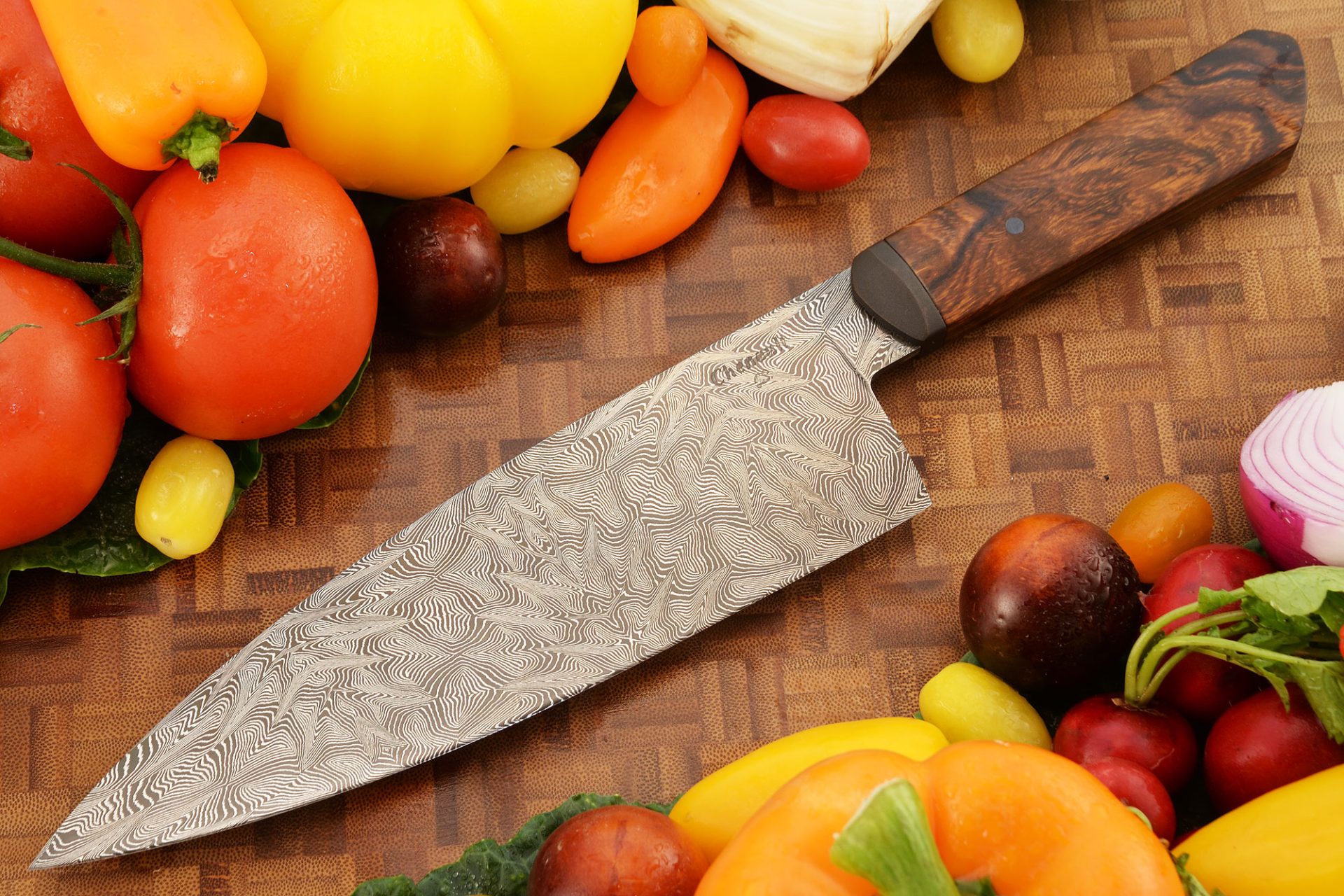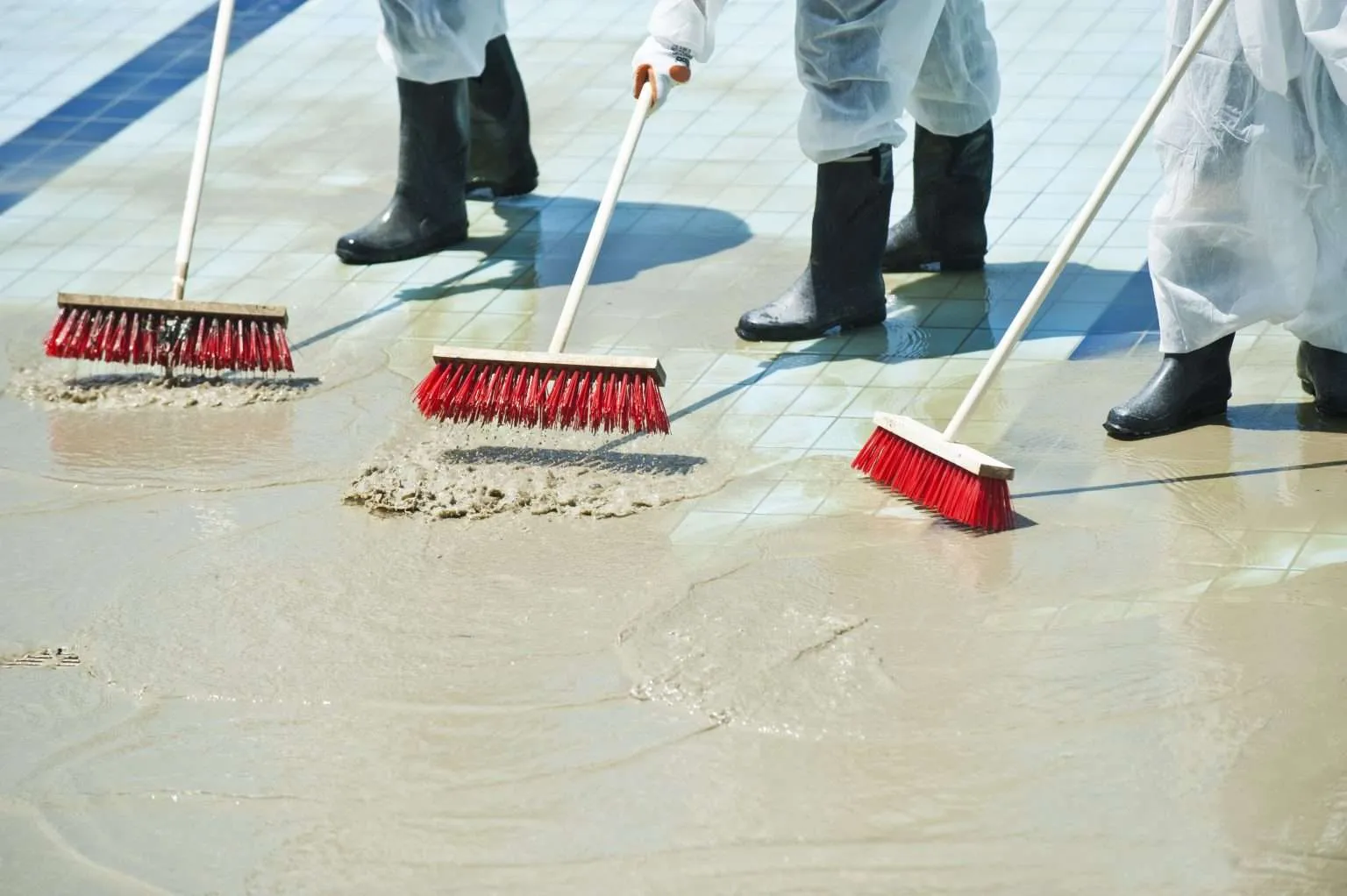Introduction
In the world of culinary artistry, the right tools can make all the difference. One such tool that has captured the imagination of chefs and collectors alike is the Damascus chef knife. Renowned for its exquisite craftsmanship and razor-sharp performance, the Damascus knife has a rich history dating back centuries. As we step into the future, let’s explore the potential trends and developments in Damascus chef knives design, fueled by advancements in materials, technology, and the evolving preferences of chefs and collectors.
Innovations in Materials
Damascus knives are traditionally crafted using a combination of high-carbon steel and iron, creating the distinctive ripple patterns on the blade. However, future designs may witness a fusion of traditional materials with cutting-edge alloys or composites. Advances in metallurgy could introduce materials that enhance durability, edge retention, and resistance to corrosion. Chefs and collectors may seek knives that not only boast stunning aesthetics but also offer unparalleled performance in the kitchen.
Technological Integration
As technology continues to shape every aspect of our lives, Damascus knife design is not exempt from innovation. Future knives may incorporate smart technologies such as embedded sensors to monitor blade sharpness, handle grip, and even provide real-time feedback on cutting techniques. The integration of advanced materials like carbon nanotubes or graphene could further enhance the strength and resilience of the blade, pushing the boundaries of what Damascus knives for sale can achieve.
Customization and Personalization
With the rise of artisanal craftsmanship and the desire for unique, personalized items, the future of Damascus knives may embrace a trend of customization. Chefs and collectors may seek blades that not only perform flawlessly but also reflect their individual style. From engraved patterns to personalized handles, the possibilities for customization are limitless. This trend could create a market for bespoke Damascus knives, turning each piece into a work of art tailored to the owner’s preferences.
Eco-Friendly Design
As sustainability becomes a central concern across various industries, the future of Damascus knife design may witness a shift towards eco-friendly materials and manufacturing processes. Blades crafted from recycled or responsibly sourced materials could gain popularity, appealing to environmentally conscious chefs and collectors. Additionally, manufacturers might explore innovative production methods that minimize waste and energy consumption, aligning with the global push for sustainability.
Versatility in Blade Shapes
While the classic chef knife shape remains timeless, future trends in Damascus knife design may explore a variety of blade shapes tailored to specific culinary tasks. From specialized boning knives to versatile utility blades, chefs may demand a diverse range of options to suit their unique cooking styles. This trend could result in Damascus knife sets featuring an assortment of blades, each optimized for specific functions, providing chefs with a comprehensive culinary toolkit.
Conclusion
As we look ahead, the future of Damascus knife design promises an exciting fusion of tradition and innovation. With advancements in materials, the integration of technology, a focus on customization, a commitment to sustainability, and an exploration of versatile blade shapes, Damascus knives are poised to become not just tools of the trade but expressions of individuality and artistry in the culinary world. For those in search of these cutting-edge masterpieces, the world of knives for sale is bound to offer a captivating array of choices, catering to the evolving tastes of chefs and collectors alike.




